Taking Banking Services to the Common Man in Cameroon – Financial Inclusion
► The pertinent question in this write-up is what is financial inclusion and what can be done to take banking services to the masses in Cameroon. I thought it would be appropriate for me to term it taking banking services to the common man – financial inclusion, a topic of contemporary significance and relevance.
By Ayuk Takemeyang
The Internationalist/Masters in Banking, Money and International Finance (IRIC-University of Yaounde II)
The banking industry has shown tremendous growth in volume and complexity during the last few decades. Despite making significant improvements in all the areas relating to financial viability, profitability and competitiveness, there are concerns that banks have not been able to include vast segment of the population, especially the underprivileged sections of the society in Cameroon, into the fold of basic banking services. Internationally also efforts are being made to study the causes of financial exclusion and designing strategies to ensure financial inclusion of the poor and disadvantaged. The reasons may vary from country to country and hence the strategy could also vary but all efforts are being made as financial inclusion can truly lift the financial condition and standards of life of the poor and the disadvantaged and also go a long way to alleviate poverty.
What is Financial Inclusion?
Financial inclusion is delivery of banking services at an affordable cost to the vast sections of disadvantaged and low income groups. Unrestrained access to public goods and services is the sine qua non of an open and efficient society. As banking services are in the nature of public good, it is essential that availability of banking products and payment services to the entire population without discrimination is the prime objective of the public policy. Financial inclusion is also the process of ensuring access to appropriate financial products and services needed by all sections of the society in general and vulnerable groups such as weaker sections and low income groups in particular at an affordable cost in a fair and transparent manner by mainstream institutional players.
The scope of financial inclusion
The scope of financial inclusion can be expanded in two ways.
- through state-driven intervention by way of statutory enactments. for instance, in Cameroon the approval of three categories of microfinance institutions. Microfinance is the provision of financial services, including loans, savings, credit, insurance, and payment services to low-income people. Provision of these financial services focuses on the poor, especially those living in rural areas, who have been unable to obtain these services from the traditional banking institutions.
- through voluntary effort by the banking community itself for evolving various strategies to bring within the ambit of the banking sector the large strata of society like digital financial services which is the use of information, communication Technologies (ICTs) and non-bank retail channels to extend the delivery of financial services to unbanked.
When bankers do not give the desired attention to certain areas, the regulators have to step in to remedy the situation. This is the reason why the Central Banks in order part of the world are placing a lot of emphasis on financial inclusion but the question is whether this is the case of Cameroon and other countries of the CEMAC zone where many do not still have access to appropriate financial products and services.
In Cameroon, the focus of the financial inclusion at present is confined to ensuring a bare minimum access to a savings bank account without frills, to all. Internationally, the financial exclusion has been viewed in a much wider perspective. Having a current account / savings account on its own, is not regarded as an accurate indicator of financial inclusion. There could be multiple levels of financial inclusion and exclusion. At one extreme, it is possible to identify the ‘super-included’, i.e., those customers who are actively and persistently courted by the financial services industry, and who have at their disposal a wide range of financial services and products. At the other extreme, we may have the financially excluded, who are denied access to even the most basic of financial products. In between are those who use the banking services only for deposits and withdrawals of money. But these persons may have only restricted access to the financial system, and may not enjoy the flexibility of access offered to more affluent customers.
Financial inclusion should include access to financial products and services like bank accounts, immediate credit, saving products, remittances and payment services, insurance especially health care insurance, mortgage, financial advisory services and entrepreneurial credit. Access to affordable financial services is critical for poverty reduction and economic growth. Countries with deeper, more developed financial systems enjoy higher economic growth and larger reduction in poverty and income inequality.
Pre-requisites for the success of financial inclusion
The following are some pre-requisites for the success of financial inclusion that countries like Cameroon can learn from. They include:
- Appropriate technology
- Appropriate and efficient delivery model
- Mainstream banks’ determination and involvement
- Strong collaboration among banks and other financial institutions and technical service provider.
- Involvement of all especially the state administration at grass root level
- Some degree of liberalization of the financial sector
Consequences of Financial Exclusion
Consequences of financial exclusion will vary depending on the nature and extent of services denied. It may lead to increased travel requirements, higher incidence of crime, general decline in investment, difficulties in gaining access to credit or getting credit from informal sources at exorbitant rates, and increased unemployment, etc. The small business may suffer due to loss of access to middle class and higher-income consumers, higher cash handling costs, delays in remittances of money. According to certain experts, financial exclusion can lead to social exclusion and poverty.
International experience in promoting financial inclusion
An interesting feature which emerges from the international practice is that the more developed the society is, the greater the thrust on empowerment of the common person and low income groups. It may be worthwhile to have a look at the international experience in tackling the problem of financial exclusion so that we can learn from the international experience.
Read Also
- World Insights: What topics of China’s “two sessions” command global attention ?
- Xi Story: An attentive listener to primary-level NPC deputies
The Financial Inclusion Task Force in UK has identified three priority areas for the purpose of financial inclusion, viz., access to banking, access to affordable credit and access to free face-to-face money advice. UK has established a Financial Inclusion Fund to promote financial inclusion and assigned responsibility to banks and credit unions in removing financial exclusion. Basic bank no frills accounts have been introduced. An enhanced legislative environment for credit unions has been established, accompanied by tighter regulations to ensure greater protection for investors. A Post Office Card Account (POCA) has been created for those who are unable or unwilling to access a basic bank account. The concept of a Savings Gateway has been piloted. This offers those on low-income employment £1 from the state for every £1 they invest, up to a maximum of £25 per month. In addition, the Community Finance Learning Initiatives (CFLIs) were also introduced with a view to promoting basic financial literacy among housing association tenants.
A civil rights law, namely Community Reinvestment Act (CRA) in the United States prohibits discrimination by banks against low and moderate income neighborhoods. The CRA imposes an affirmative and continuing obligations on banks to serve the needs for credit and banking services of all the communities in which they are chartered. In fact, numerous studies conducted by Federal Reserve and HarvardUniversity demonstrated that CRA lending is a win-win proposition and profitable to banks. In this context, it is also interesting to know the other initiative taken by a state in the United States. Apart from the CRA experiment, armed with the sanction of Banking Law, the State of New York Banking Department, with the objective of making available the low cost banking services to consumers, made mandatory that each banking institution shall offer basic banking account and in case of credit unions the basic share draft account, which is in the nature of low cost account with minimum facilities. Some key features of the basic banking account are worth-mentioning here.
- the initial deposit amount required to open the account shall not exceed US $ 25
- the minimum balance, including any average balance, required to maintain such account shall not exceed US $ 0.10
- the charge for periodic cycle for the maintenance of such accounts to be declared up front
- the minimum number of withdrawal transactions which may be made during any periodic cycle at no charge to the account holder must at least be eight
- a withdrawal shall be deemed to be made when recorded on the books of the account holder’s banking institution
- except, as provided below, an account holder shall not be restricted as to the number of deposits which may be made to the account without incurring any additional charge
- the banking institution may charge account holders for transactions at electronic facilities which are not operated by the account holder’s banking institution as well as other fees and charges for specific banking services which are not covered under the basic banking account scheme
- every periodic statement issued for the basic banking account should invariably cover on it or by way of separate communiqué maximum number of withdrawals permitted during each periodic cycle without additional charge and the consequences of exceeding such maximum and the fee if any, for the use of electronic facilities which are not operated by the account holder’s banking institution.
An interesting feature of basic banking account scheme is the element of transparency i.e. the banking institution should, prior to opening the account, furnish a written disclosure to the account holder describing the main features of the scheme i.e. the initial deposit amount required to open the account, minimum balance to be maintained, charge per periodic cycle for use of such account, maximum number of withdrawal transactions without any additional charge and other charges imposed on transactions for availing electronic facility not operated by the account holder’s banking institution, etc.
Cameroonian Scenario
- Bank liberalization in Cameroon marked a paradigm shift in the focus of banking as it was intended to shift the focus from class banking to mass banking. The rationale for creating Micro Finance Institutions and the bank for small and medium size enterprises was also to take the banking services to poor people. The branches of commercial banks and microfinance institutions have increased over the years but a major problem or weakness of the Cameroonian banking and financial sector is low level of financial inclusion. According to the statistics of 2008, we had one bank branch for 135000 persons and few automatic teller machine and electronic wallets. The reasons given were as follows: the extension policy of banks was poor. the non-diversification of financial products and the role played by the informal financial system (tontines, njangi). Also deficit in corporate governance. Some banks and MFI in Cameroon are experiencing provisional administration and liquidation due to bad management and the fact that the ratio ofloans to begranted to the managers, shareholders isnot respected mostly in MFI; also the internal control is not effective, especially in the case of MFI. Some other causes of this problem include the presence of non-professionals in MFI; Many MFI do not comply with the risk division ratio; and the government is streamlining the microfinance sector (administrative controls).
- the average population per branch office continues to be quite high especially in some part of the country. As you would be aware, the approval of micro finance institutions was to encourage them to open branches in the under banked areas. Government policy also places a lot of emphasis on the efforts made by the Bank to achieve, inter alia, financial inclusion and other policy objectives.
Steps towards financial inclusion
In the context of initiatives taken for extending banking services to the small man, the mode of financial sector development until 1980’s was characterized by
- a hugely expanded bank branch and cooperative network and new organizational forms;
- a greater focus on credit rather than other financial services like savings and insurance, although the banks and cooperatives did provide deposit facilities;
- lending targets directed at a range of ‘priority sectors’ such as agriculture, weaker sections of the population, etc;
- interest rate ceilings;
- significant government subsidies channeled through the banks and cooperatives, as well as through related government programmes;
- a dominant perspective that finance for rural and poor people was a social obligation and not a potential business opportunity.
It is absolutely beyond any doubt that the financial access to masses has significantly improved in Cameroon in the last two and a half decades. But the basic question is, has that been good enough. As I mentioned earlier, the quantum of deposit accounts (current and savings) held as a ratio to the adult population has not been uniformly encouraging. There is a tremendous scope for financial coverage if we have to improve the standards of life of those deprived people.
The Central bank exhorted the banks, with a view to achieving greater financial inclusion, to make available a basic banking ‘no frills’ account either with nil or very minimum balances as well as charges that would make such accounts accessible to vast sections of the population. The nature and number of transactions in such accounts would be restricted and made known to customers in advance in a transparent manner. All banks are urged to give wide publicity to the facility of such no frills account so as to ensure greater financial inclusion.
Further, in order to ensure that persons belonging to low income group both in urban and rural areas do not face difficulty in opening the bank accounts due to the procedural hassles, the Know Your Customer(KYC) procedure for opening accounts has been simplified for those persons who intend to keep balances not exceeding a certain amount in all their accounts taken together and the total credit in all the accounts taken together to one individual in a year should not exceed a certain amount.
The Way Forward
The banks should come out of inhibited feeling that very aggressive competition policy and social inclusion are mutually exclusive. As demonstrated elsewhere, the mass banking with no-frills etc. can become a win-win situation for both. Basically banking services need to be “marketed” to connect with large population segments and these may be justifiable promotional costs. The opportunities are plenty.
- In the context of Cameroon becoming one of the largest micro finance markets in the CEMAC region especially in the growth of women’s savings and credit groups (SHGs) and the sustaining success of such institutions which has been demonstrated by the success of some micro finance institutions, low cost banking is not necessarily an unviable venture/proposition.
- The regulators may explore the possibility of a survey about the coverage in respect of financial inclusion keeping in view the geographical spread of the banks and extent of financial services available to the population so as to assess the constraints in extension of financial services to hitherto unbanked sections and for initiating appropriate policy measures.
- It may be useful for banks to consider franchising with other segments of financial sector such as cooperatives, MFI, technical service providers etc. so as to extend the scope of financial inclusion with minimal intermediation cost.
- Since large sections of low income groups transactions are related to deposits and withdrawals, with a view to containing transaction costs, ‘simple to use’ cash dispensing and collecting machines akin to ATMs, with operating instructions and commands in vernacular would greatly facilitate financial inclusion of the semi urban and rural populace. In this regard, it is worthwhile to emulate the example of some successful initiative.
Conclusion
I will like to underscore here that, it is becoming increasingly apparent that addressing financial exclusion will require a holistic approach on the part of the banks in creating awareness about financial products, education, and advice on money management, debt counseling, savings and affordable credit. The banks would have to evolve specific strategies to expand the outreach of their services in order to promote financial inclusion. One of the ways in which this can be achieved in a cost-effective manner is through forging linkages with microfinance institutions and local communities. Banks should give wide publicity to the facility of no frills account. Technology can be a very valuable tool in providing access to banking products in remote areas. ATMs cash dispensing machines can be modified suitably to make them user friendly for people who are illiterate, less educated or do not know English.
To sum up, banks need to redesign their business strategies to incorporate specific plans to promote financial inclusion of low income group treating it both a business opportunity as well as a corporate social responsibility. They have to make use of all available resources including technology and expertise available with them as well as the MFIs and NGOs. It may appear in the first instance that taking banking to the sections constituting “the bottom of the pyramid”, may not be profitable but it should always be remembered that even the relatively low margins on high volumes can be a very profitable proposition. Financial inclusion can emerge as commercial profitable business. Only the banks should be prepared to think outside the box!





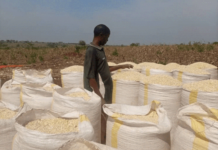







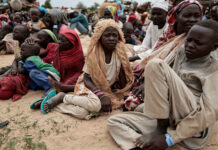

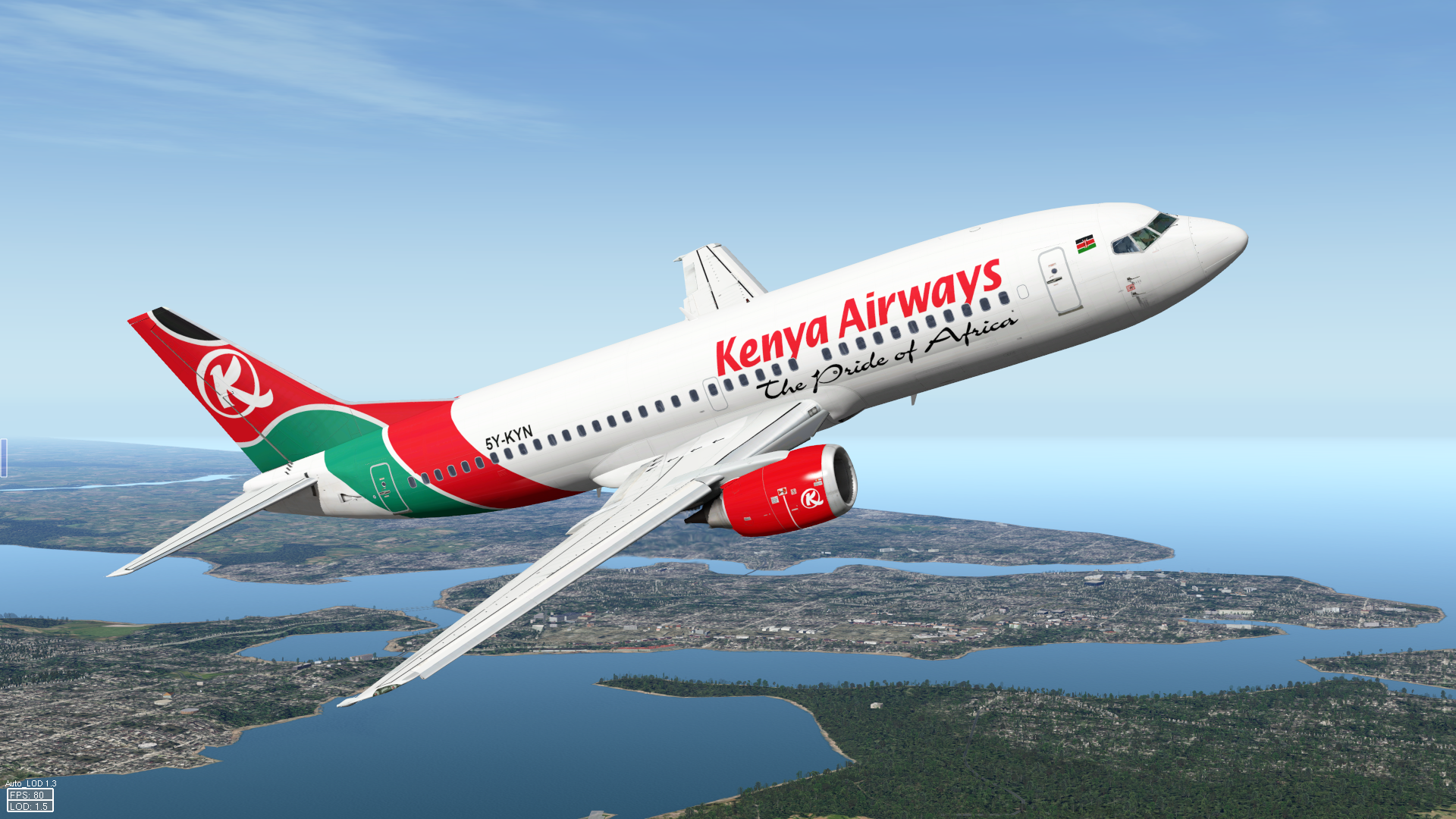





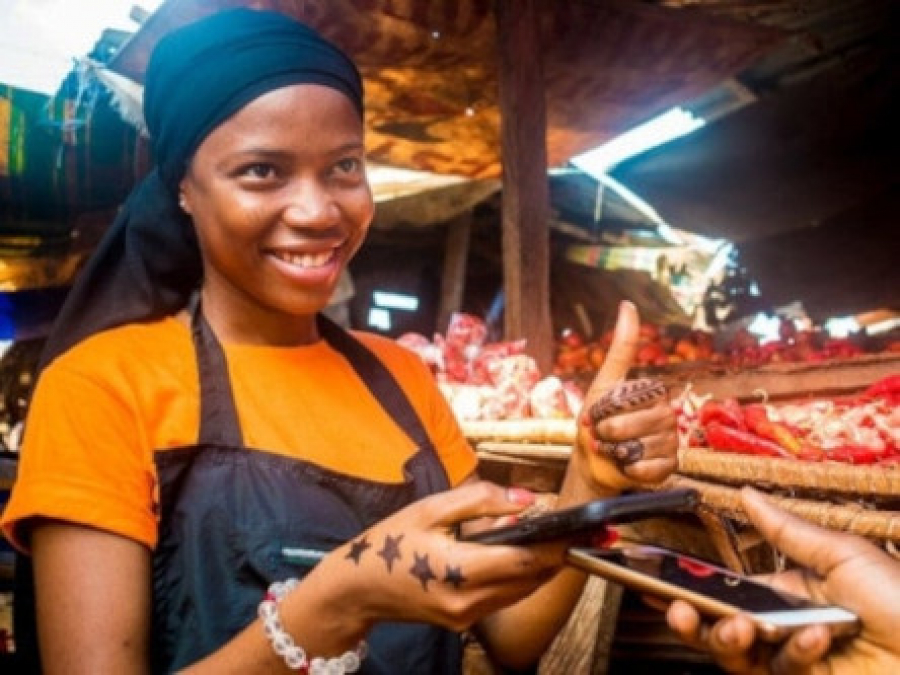

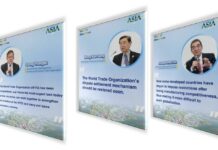


![Point de l’actualité à [ 21H00 GMT ]](https://www.afrique54.net/wp-content/uploads/2022/05/Point-Actu-De-ce-jour-Afrique54_net-e1690319635618-100x70.jpg)



